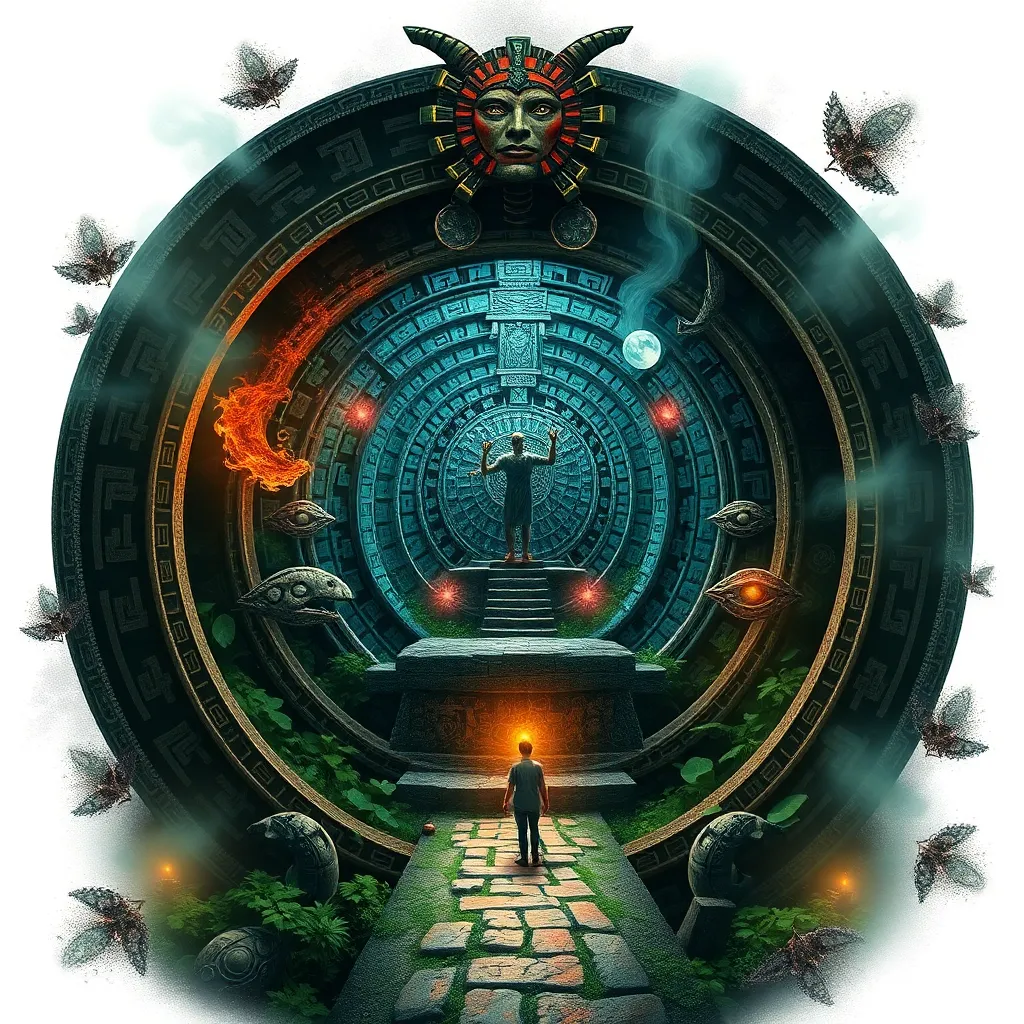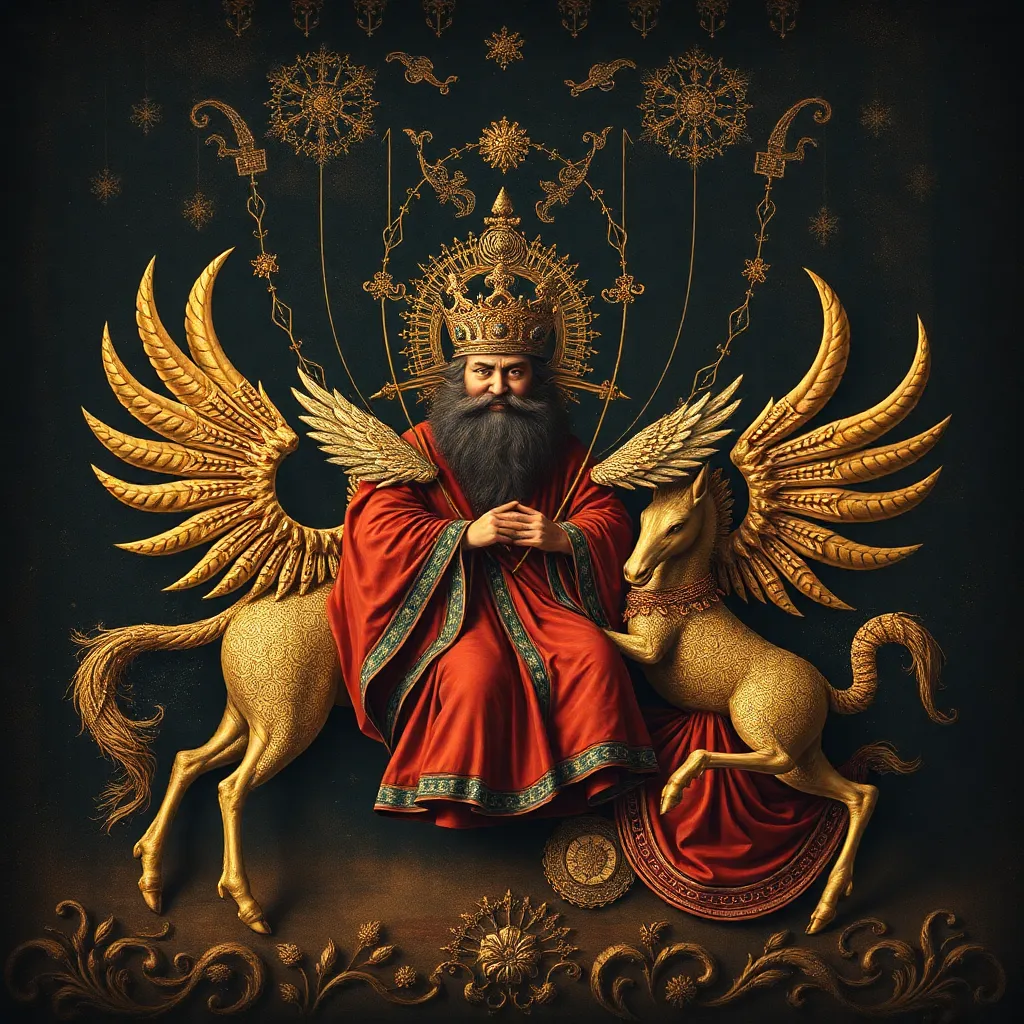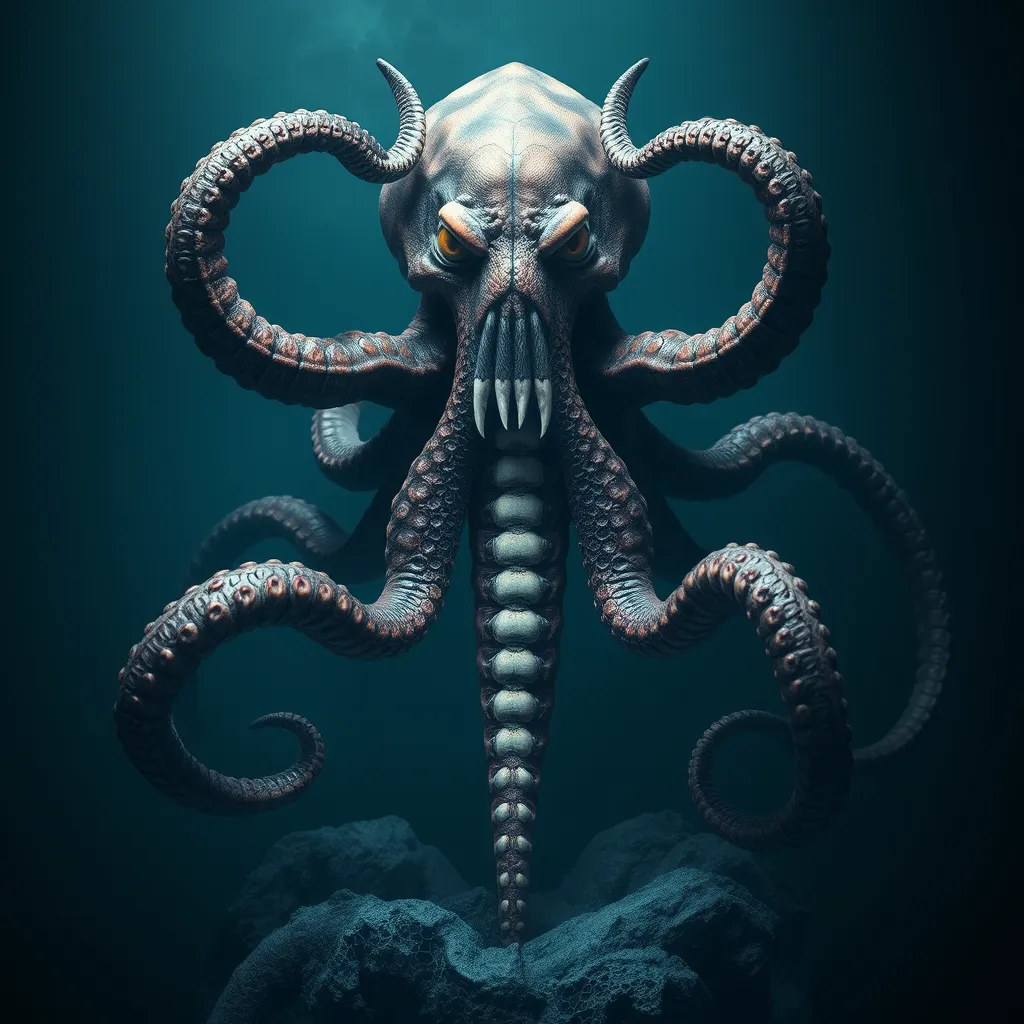The Ahuizotl: A Journey Through the Labyrinth of Aztec Mythology
I. Introduction to Aztec Mythology
Aztec mythology is a rich and complex tapestry woven from the beliefs and stories of the Aztec civilization, which thrived in central Mexico from the 14th to the 16th centuries. The Aztecs had a profound understanding of the cosmos, viewing the universe as a place filled with deities, spirits, and supernatural forces that influenced their daily lives.
Mythology played a crucial role in Aztec culture, serving not only as a source of entertainment but also as a means of explaining natural phenomena, human existence, and the relationship between the divine and the mortal. Among these mythological figures, the Ahuizotl stands out as a captivating creature with a unique set of characteristics and stories.
The Ahuizotl is a fascinating figure in Aztec mythology, often depicted as a water-dwelling creature with features reminiscent of both a dog and an otter. Its stories serve as cautionary tales and reflect the Aztecs’ deep reverence for the natural world.
II. The Ahuizotl: Description and Characteristics
A. Physical attributes and visual representations
The Ahuizotl is typically described as a creature resembling a large dog or otter, with a long, flexible body and an unusual appendage: a hand at the end of its tail. This distinctive feature is often highlighted in artistic representations, emphasizing its predatory nature.
In various depictions, the Ahuizotl is shown with:
- Shimmering, wet fur that reflects light
- Bright, piercing eyes
- A sharp set of teeth, capable of causing harm
- A long, whip-like tail ending in a hand, used to drag victims into the water
B. Behavioral traits and symbolic meanings
The Ahuizotl is known for its cunning and treacherous behavior, often luring unsuspecting individuals to the water’s edge with its playful antics before dragging them beneath the surface. This predatory nature symbolizes the duality of beauty and danger present in the natural world.
In Aztec symbolism, the Ahuizotl represents both the destructive and nurturing aspects of water. While water is essential for life, it can also be a source of peril, embodying the unpredictability of nature.
C. Comparison with other mythological creatures
When compared to other mythological beings, the Ahuizotl shares similarities with creatures like:
- Leviathan from Judeo-Christian lore, representing chaos and the untamed sea
- The Nuckelavee from Scottish mythology, a fearsome water spirit
- Selkies from Celtic folklore, shapeshifting beings associated with the sea
These comparisons reveal a universal theme in mythology: the reverence for, and fear of, water and its many manifestations.
III. The Role of the Ahuizotl in Aztec Folklore
A. Legends and stories featuring the Ahuizotl
The Ahuizotl appears in numerous legends, often depicted as a malevolent force to be feared. One popular tale recounts how the creature lured a young child to the water, only to drag them into the depths, never to be seen again. Such stories served as warnings to children about the dangers of wandering too close to bodies of water.
B. The significance of water and aquatic themes
Water held immense significance in Aztec culture, symbolizing fertility, life, and nourishment, but also danger and death. The Ahuizotl embodies this duality, reminding the Aztecs of the delicate balance between respecting nature and fearing its wrath.
C. The Ahuizotl as a guardian of the underworld
Some interpretations suggest that the Ahuizotl serves as a guardian of the underworld, associated with Tlaloc, the rain god, and the afterlife. This connection further emphasizes the creature’s importance in Aztec cosmology, as it navigates the realms of life and death.
IV. Cultural Interpretations of the Ahuizotl
A. Variations in the portrayal of the Ahuizotl across different regions
As with many mythological figures, the portrayal of the Ahuizotl varies across different regions of Mesoamerica. In some areas, it is seen as a more benevolent spirit, while in others, it is depicted as a malevolent predator. These variations highlight the adaptability of myths to local cultures and environments.
B. Influence of the Ahuizotl on contemporary art and literature
The Ahuizotl has inspired various forms of contemporary art and literature, often serving as a symbol of the complex relationship between humanity and nature. Artists and writers draw upon its rich mythology to explore themes of fear, respect, and the mysteries of the natural world.
C. The Ahuizotl in modern popular culture
In recent years, the Ahuizotl has made appearances in modern popular culture, including:
- Fantasy novels that draw on Aztec mythology
- Video games featuring mythical creatures
- Filmmaking that incorporates elements of ancient myths
This resurgence reflects a growing interest in indigenous mythologies and their relevance to contemporary issues.
V. The Ahuizotl and Its Symbolic Associations
A. Connections to death and the afterlife
The Ahuizotl is often associated with death and the afterlife, embodying the idea that water can both give life and take it away. This symbolism underscores the importance of rituals and respect for the forces of nature in Aztec belief systems.
B. Representations of nature and wildlife
As a creature of the water, the Ahuizotl symbolizes the interconnectedness of all living beings and the balance of ecosystems. It serves as a reminder of the respect owed to nature, which sustains life but can also bring destruction.
C. The Ahuizotl as a symbol of fear and respect
The Ahuizotl represents the fear that comes from the unknown and the respect that must be given to powerful natural forces. This duality is integral to understanding Aztec beliefs about the world around them.
VI. The Ahuizotl in Ritual and Religion
A. The significance of water-related rituals in Aztec society
Water-related rituals were central to Aztec religious practices, often involving offerings and ceremonies to appease the gods associated with water and agriculture. The Ahuizotl, as a water spirit, would have been a significant figure in these rituals.
B. Possible offerings and sacrifices to appease the Ahuizotl
To ensure safety from the Ahuizotl and to receive blessings from water deities, the Aztecs may have performed:
- Offerings of food and flowers
- Rituals involving music and dance
- Animal sacrifices to honor the spirit
C. The Ahuizotl’s place within the pantheon of Aztec deities
While not a major deity, the Ahuizotl occupies an important place within the broader context of Aztec mythology, representing the complexities of water and its role in both life and death.
VII. The Ahuizotl: Myths and Misinterpretations
A. Common misconceptions about the Ahuizotl
Many misconceptions about the Ahuizotl persist, often stemming from a lack of understanding of Aztec mythology. Some people may confuse it with other mythological creatures or oversimplify its role within the pantheon of Aztec spirits.
B. Cultural appropriation and the distortion of myths
As interest in Aztec mythology grows, so does the risk of cultural appropriation and distortion. It’s essential to approach these myths with respect and an understanding of their cultural significance.
C. Efforts to preserve and accurately represent Aztec mythology
Scholars, artists, and cultural organizations are working to preserve the integrity of Aztec mythology, ensuring that figures like the Ahuizotl are represented accurately in both educational and artistic contexts.
VIII. Conclusion: The Enduring Legacy of the Ahuizotl



